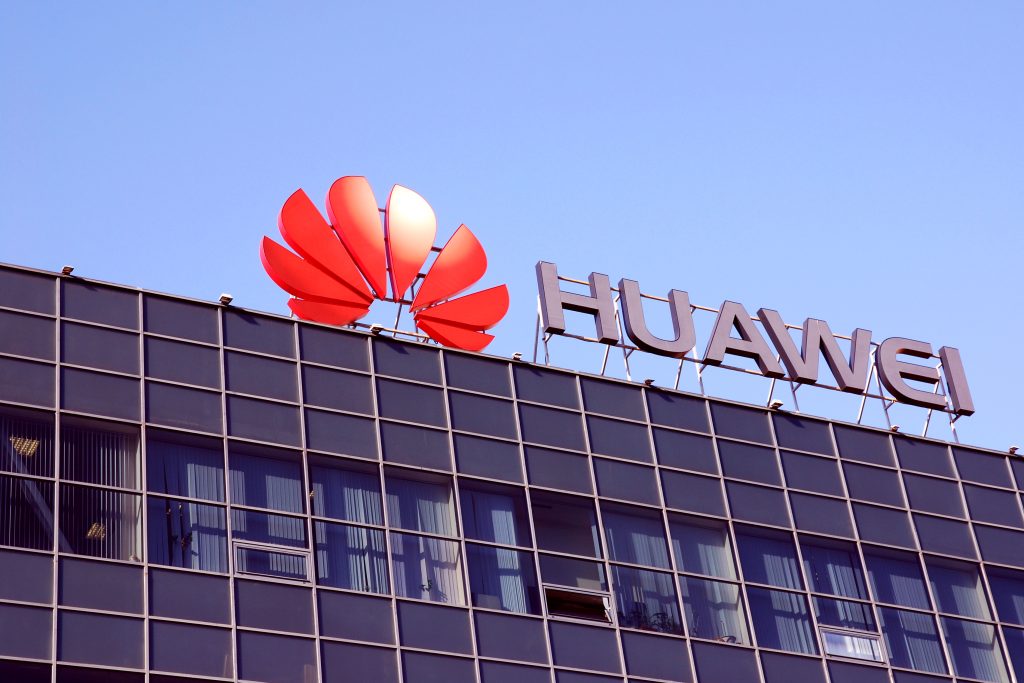Huawei introduces new AI model for accurate weather forecasting
Huawei unveiled Pangu 3.0, an advanced AI language model with three architectural layers, aiming to drive AI adoption and digital transformation across sectors.

Huawei Technologies Co unveiled the latest version of its AI large language model, Pangu 3.0, as part of its broader push to leverage AI to accelerate digital transformation in a wide range of sectors.
Huawei’s the latest version of AI language model in an attempt to spread AI and digital transformation across sectors. The said model is designed with three layers of architecture to support the practical needs of specific industry scenarios –
- L0 foundational large language model, which provides general skills to power an endless possibility of industry-specific applications
- L1 industry-specific model, providing industry-specific models which can be trained on open industry datasets
- L2 scenario-specific model, which provides pre-trained models for specific industry scenarios and tasks
According to Huawei, their Pangu large language model has already been utilised in more than ten industries, including finance, manufacturing, government affairs, power, coal mining, healthcare, and railways. This has supported the implementation of AI applications in over 400 business scenarios.
Most notably, a paper on its breakthrough Pangu Weather AI model titled “Accurate medium-range global weather forecasting with 3D neural networks” has been published by the world’s top scientific journal – Nature. It is an enormous achievement for China as it is the first time that employees of a Chinese technology company are credited with being the sole authors of a Nature paper.
Pangu-Weather is a groundbreaking AI prediction model that surpasses traditional numerical weather forecast methods in both accuracy and speed. With the ability to process data 10,000 times faster, global weather prediction time has been reduced to mere seconds.
